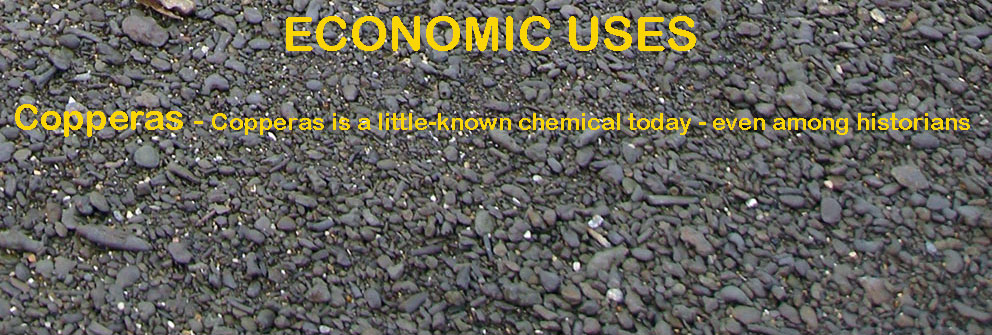|
|
'Being in Queenborough Castle in the year 1579 I found there one Mathias Falconer, A Brabander, who did in a furnace that he had erected there, trie to drawe very goode brimstone and copperas oute of a certain stone that is gathered in great plenty upon the shoure near untoe Minster on the isle' This extract is from 'Lambard's Perambulations of Kent' and is probably the earliest known reference to a 'chemical' factory in Britain. |
 |
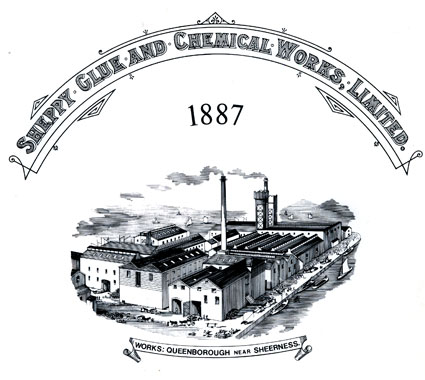 |
 |
The accumulations of pyrite (copperas stone - iron disulphide) that gather on the beach were formerly collected. Pyrite readily decomposed to produce green vitriol (ferrous sulphate), which was used to produce dyestuffs and medicines. William George (1984) gives an account of the copperas industry at Sheppey. Pyrite collectors were often paid by tokens, rather than cash. |
|
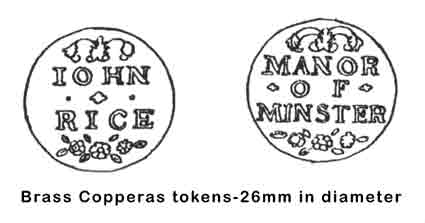 |
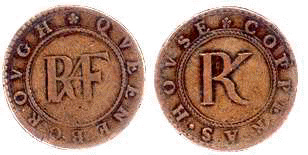 |
Cement Stone The collection of cement stones to burn to produce Roman or Parker's Cement started in the early nineteenth century. By the 1830's nearly all of the cement stones had been removed from the north coast of Sheppey leading to increased erosion and concern from the adjacent landowners. By the mid-nineteenth century the discovery of Portland Cement, made from the readily available Chalk and Gault Clay, lead to a cessation in the trade. The fossils that were encountered whilst gathering cement stones were an additional source of revenue to the collectors. Bowerbank (1840: 205-6) in a letter to the Magazine of Natural History gives a few hints to the readers on the mode of procuring fossils of the London Clay of the Isle of Sheppey |
|
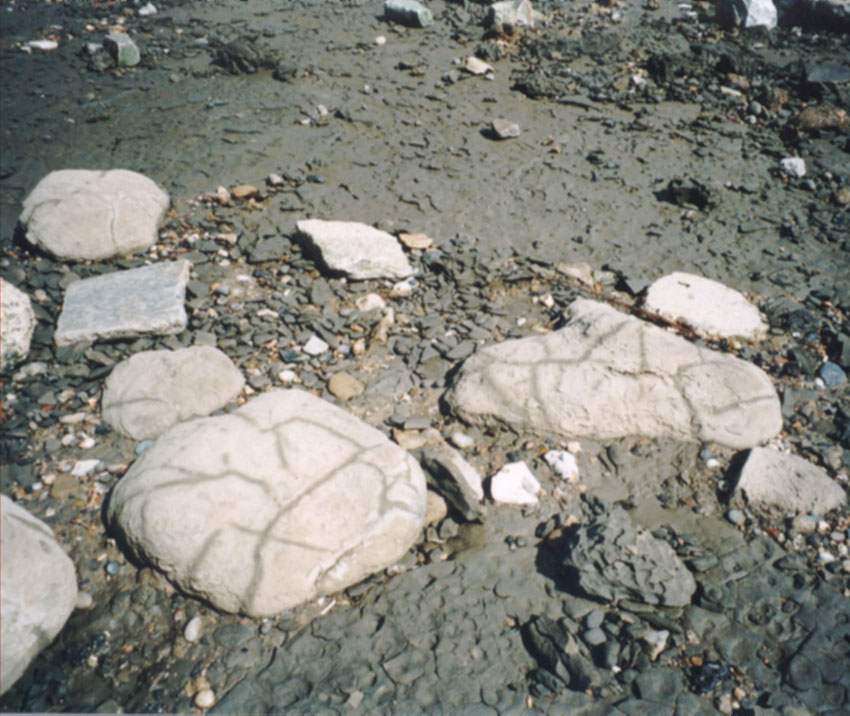 |
|
In situ cement stones (septaria) washing out of the clay at the bottom of the beach. Notice the cracks (above) |
|
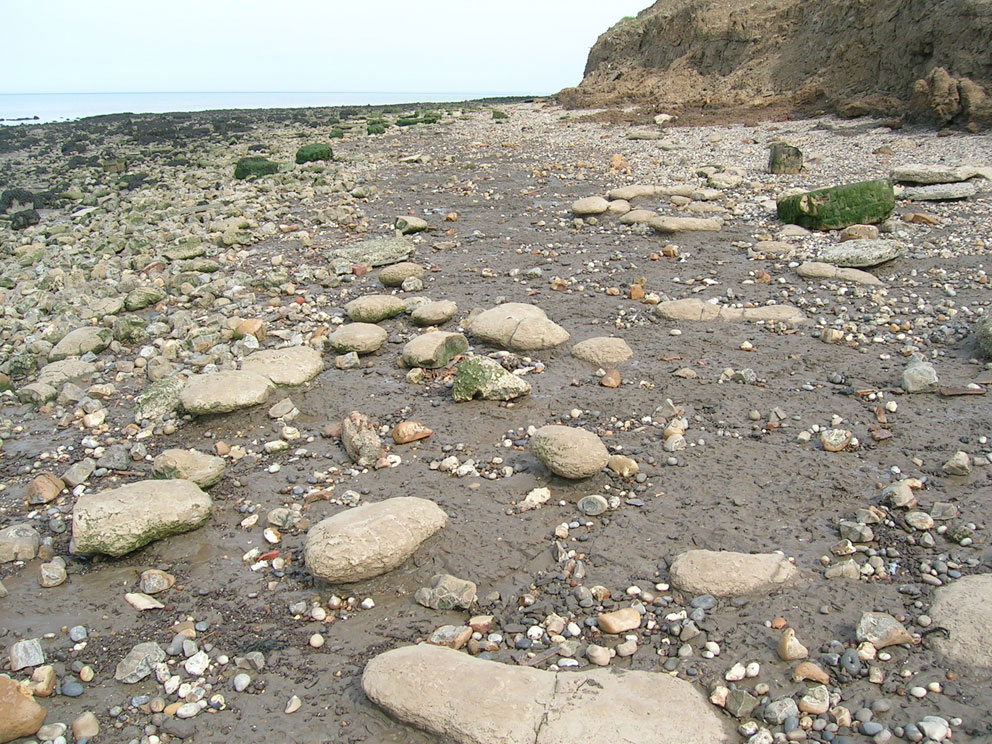 |
|
Roman cement is so called because it has the properties similar in one respect to the cement used by the Roman builders. It is capable of setting under water. Given the name by the Reverend James Parker, who discovered the method for making it after throwing a rock that he found on a beach on the Isle of Sheppey into a fire. Reverend Parker crushed the burnt rock and added water and found that the compound set rock hard in just a few minutes. He patented the material and used the 'Roman' name because they were known for producing good quality mortars which set hard under water. |
|
